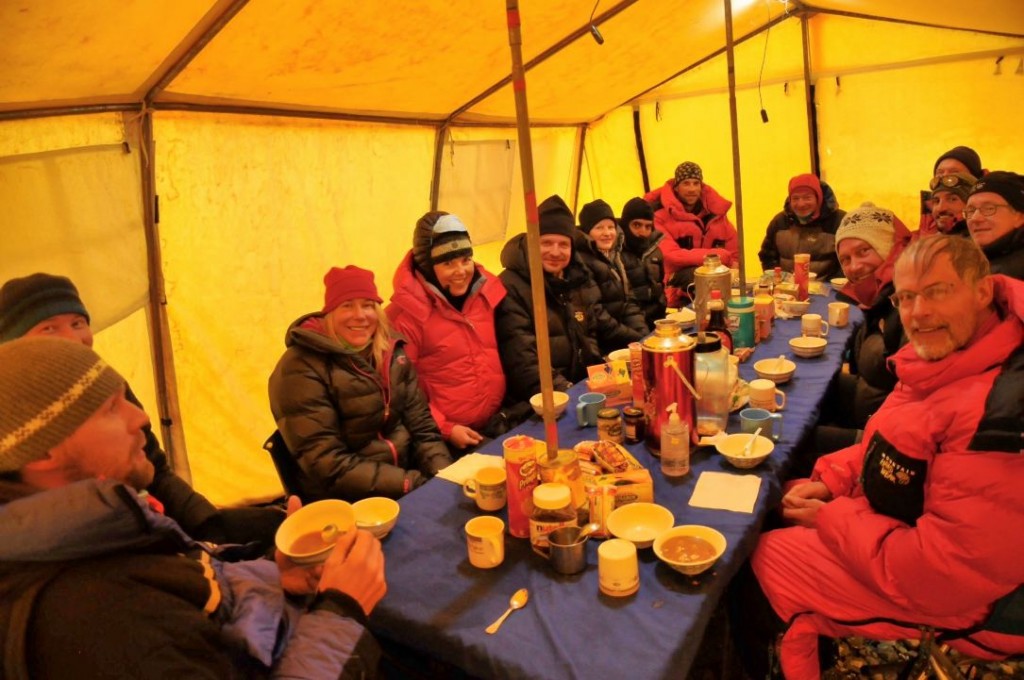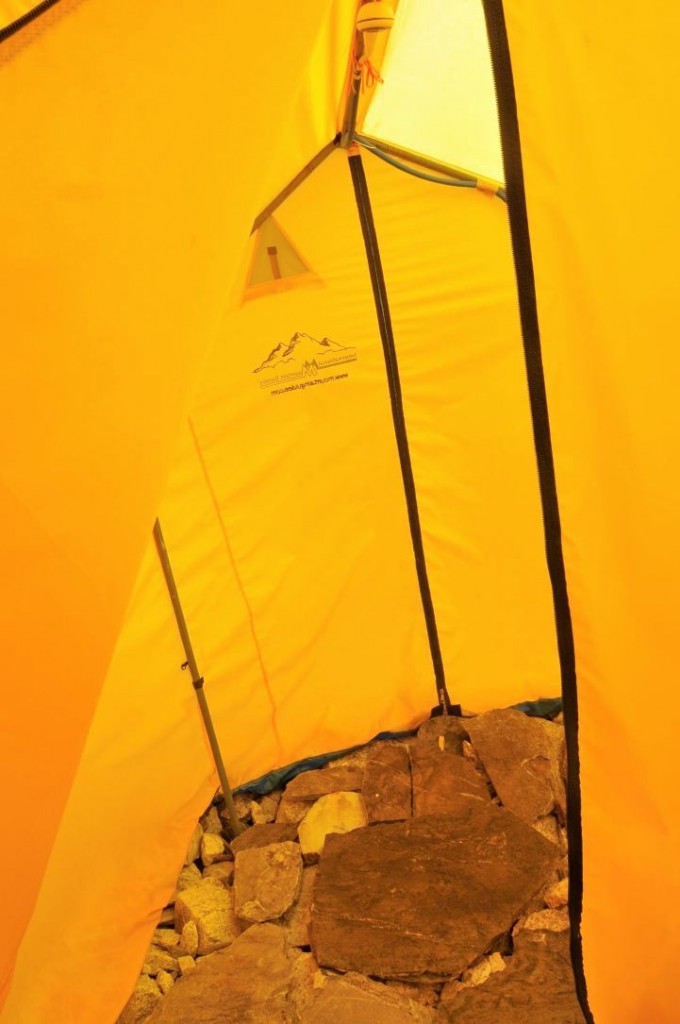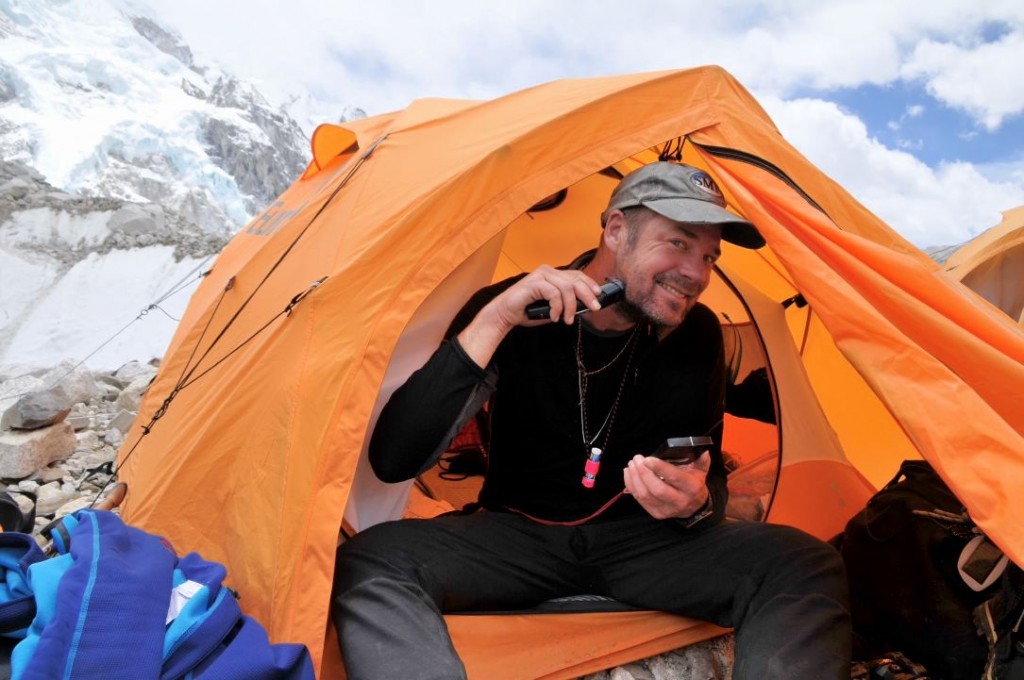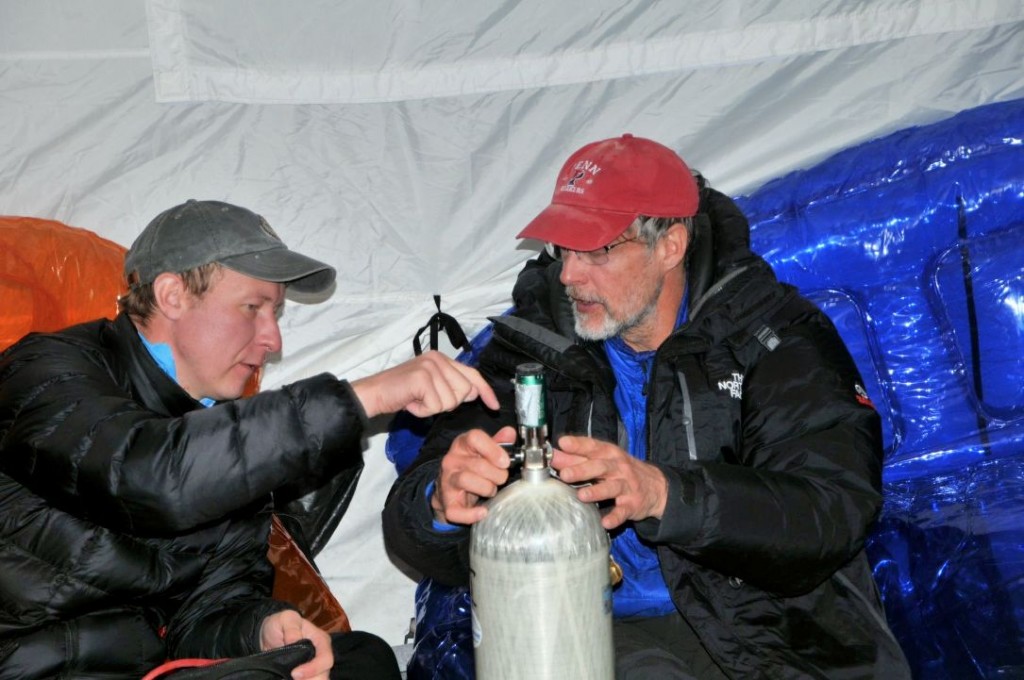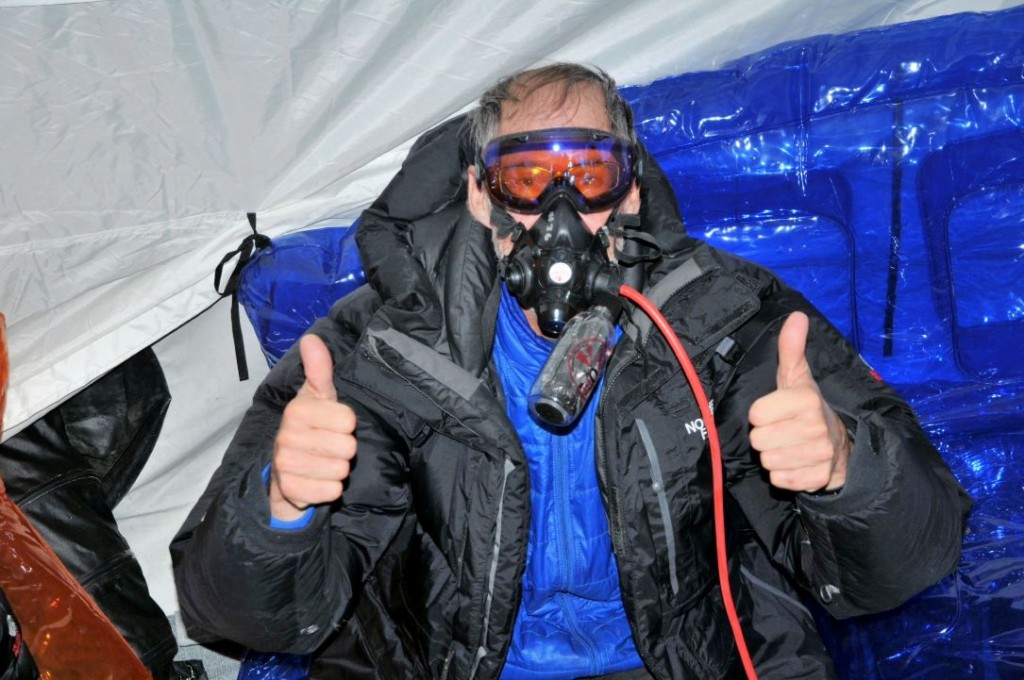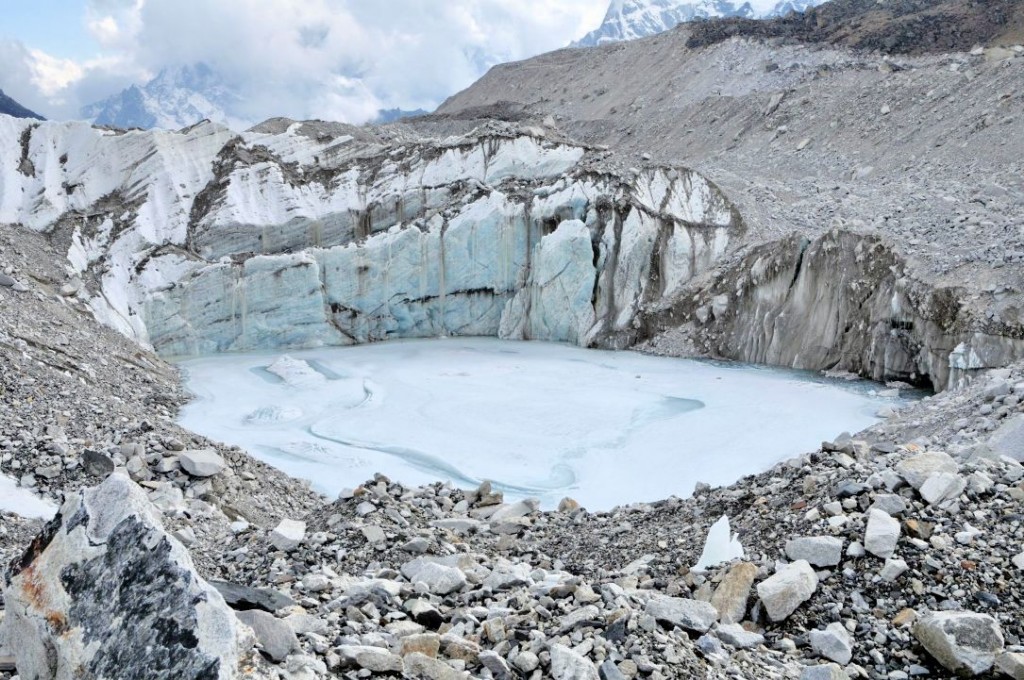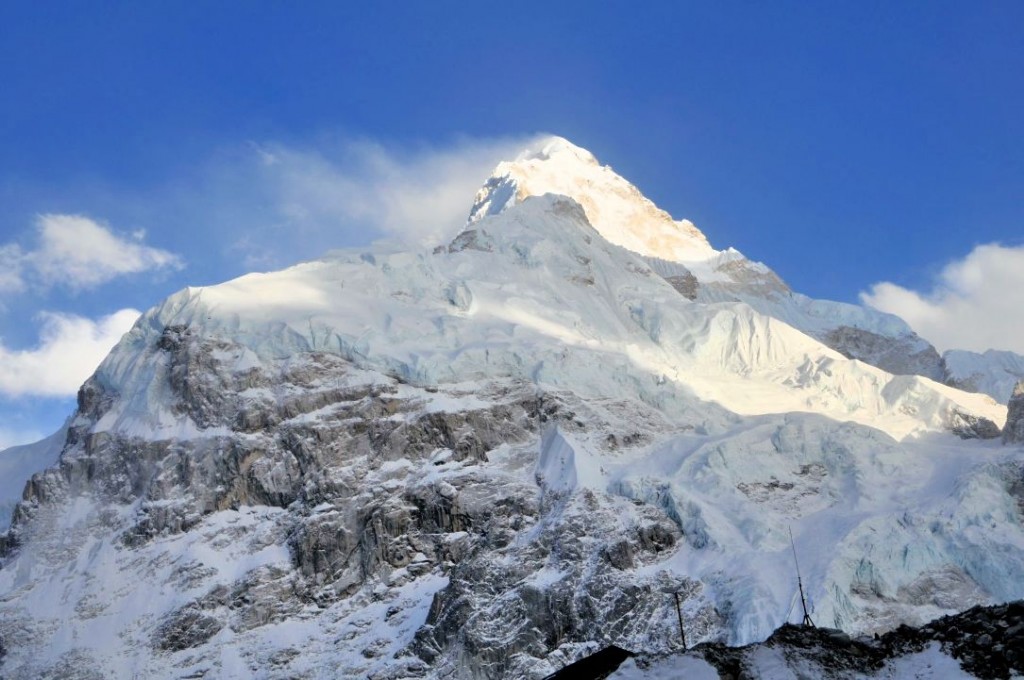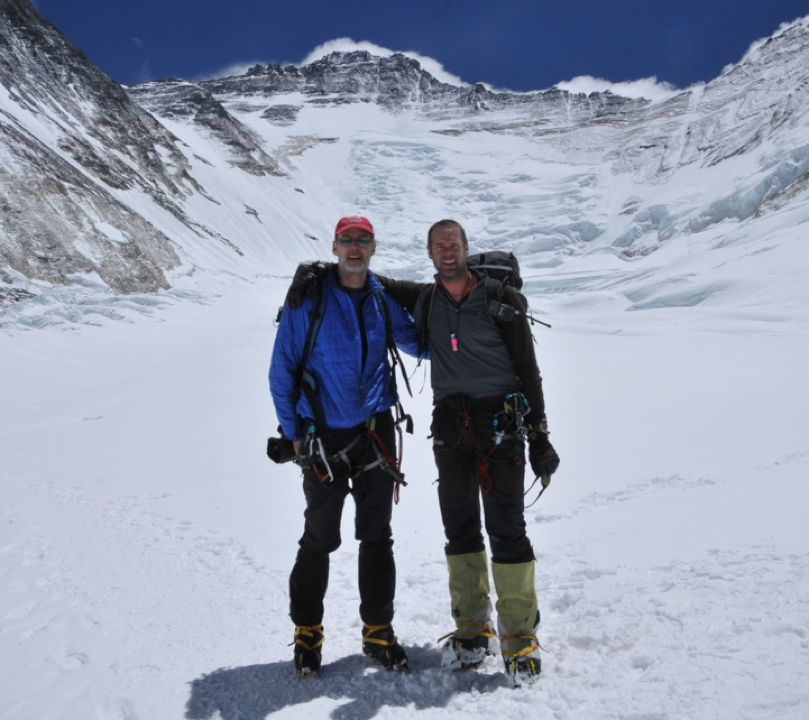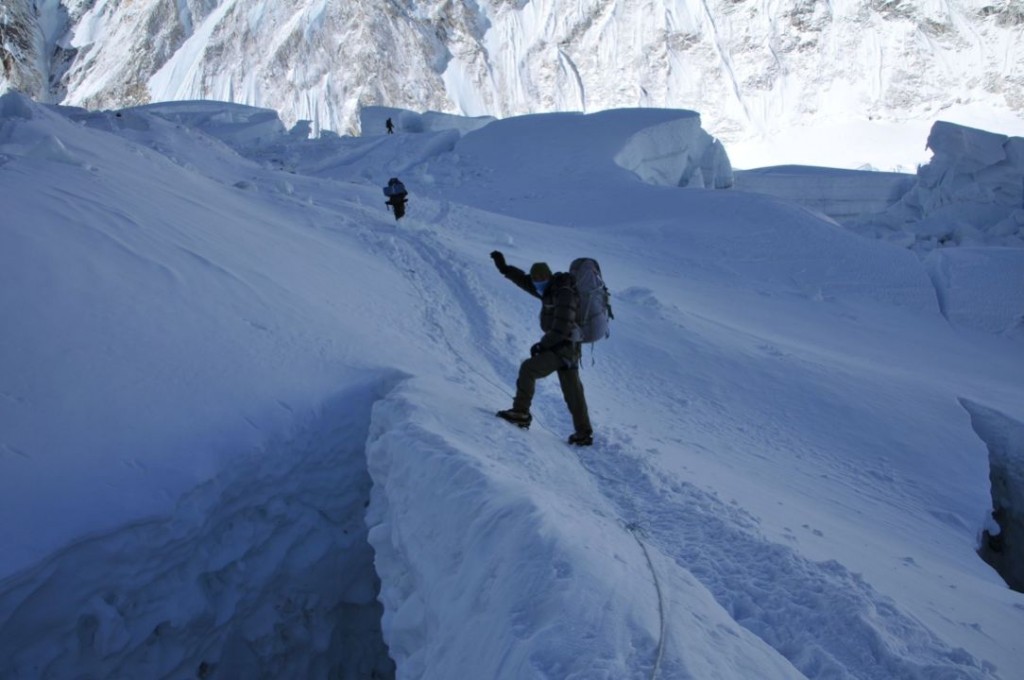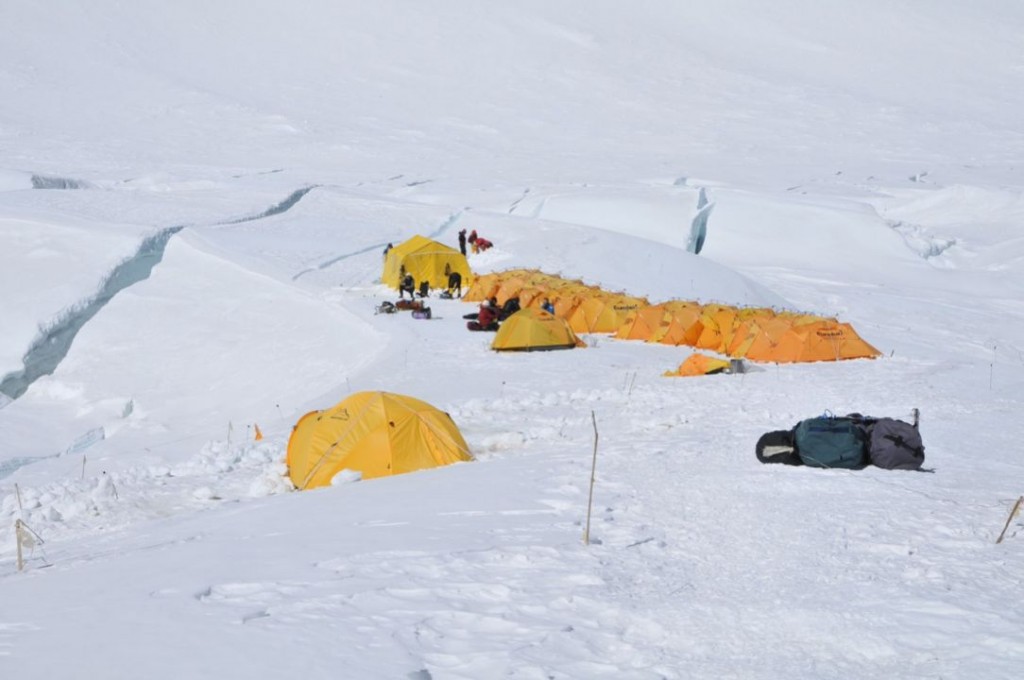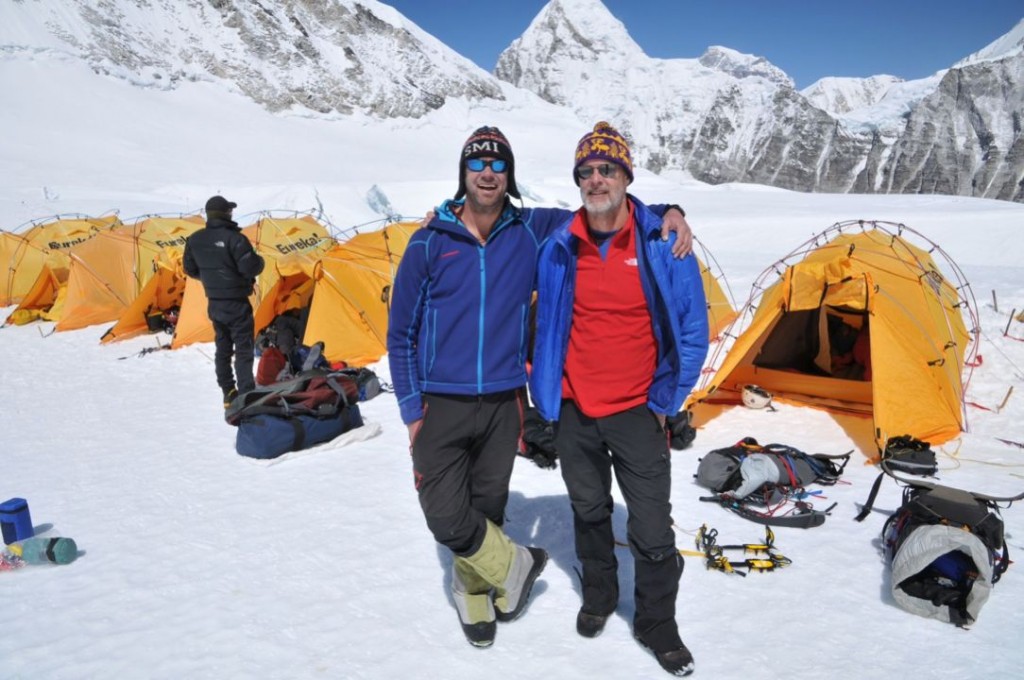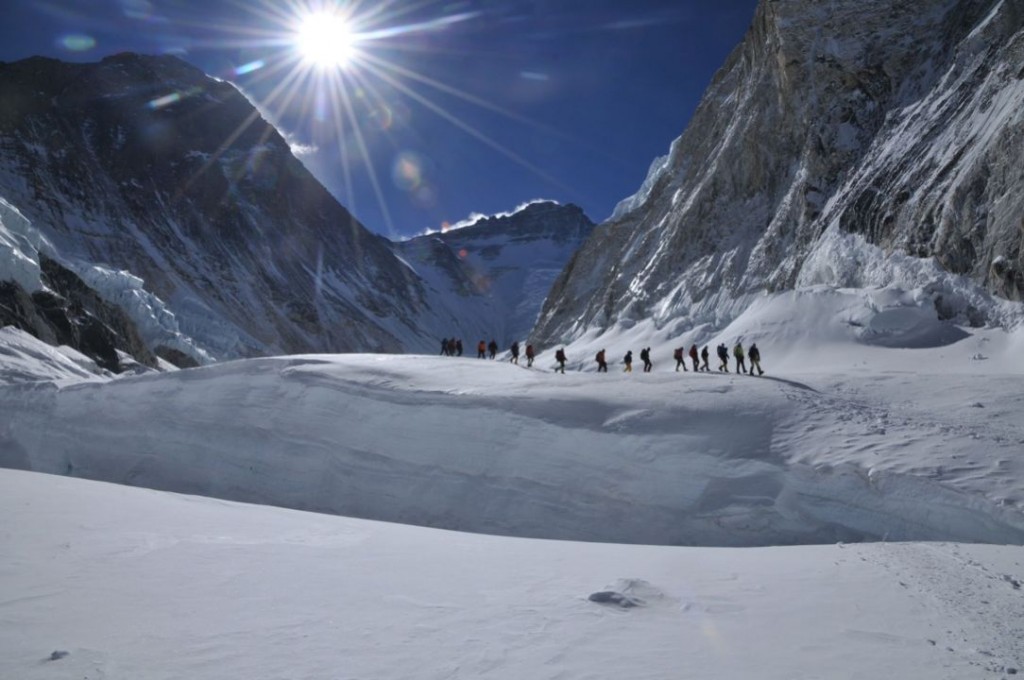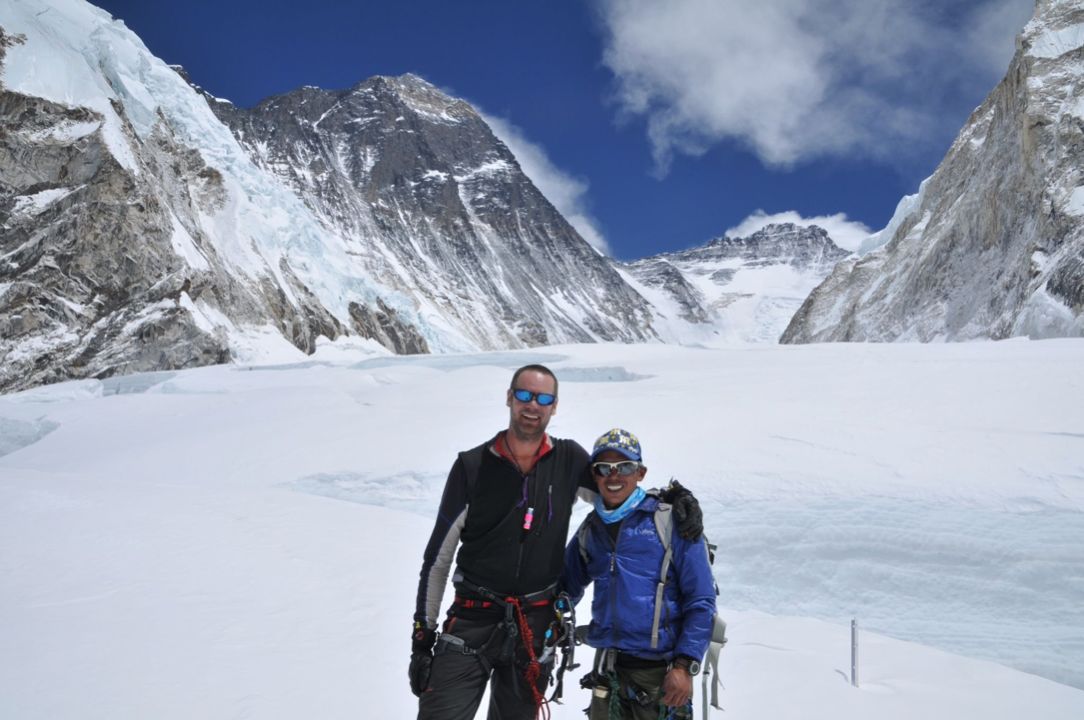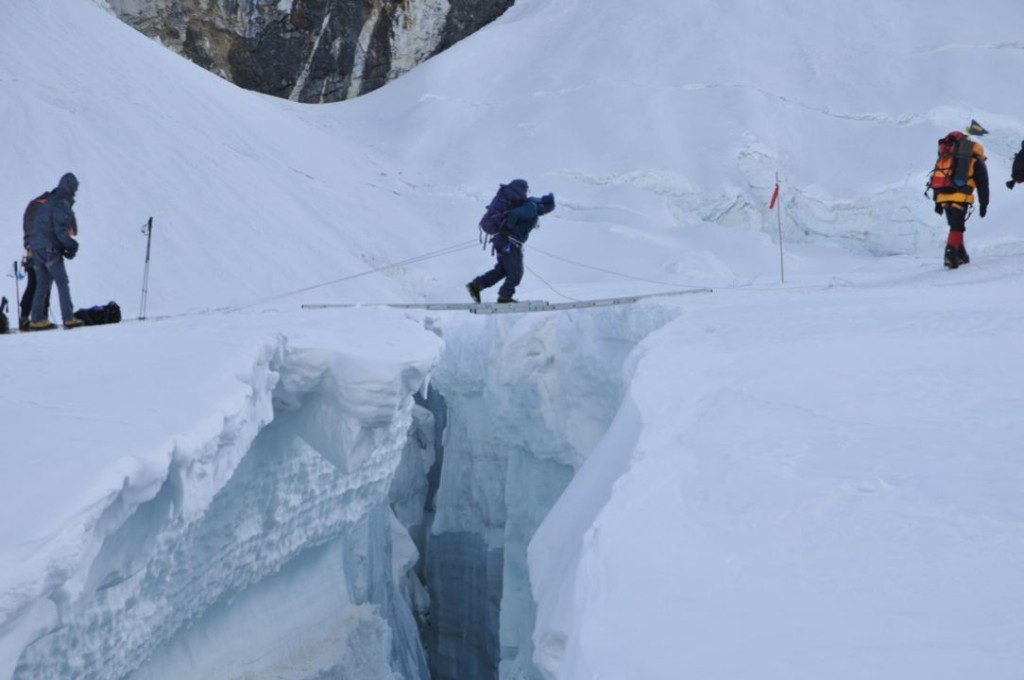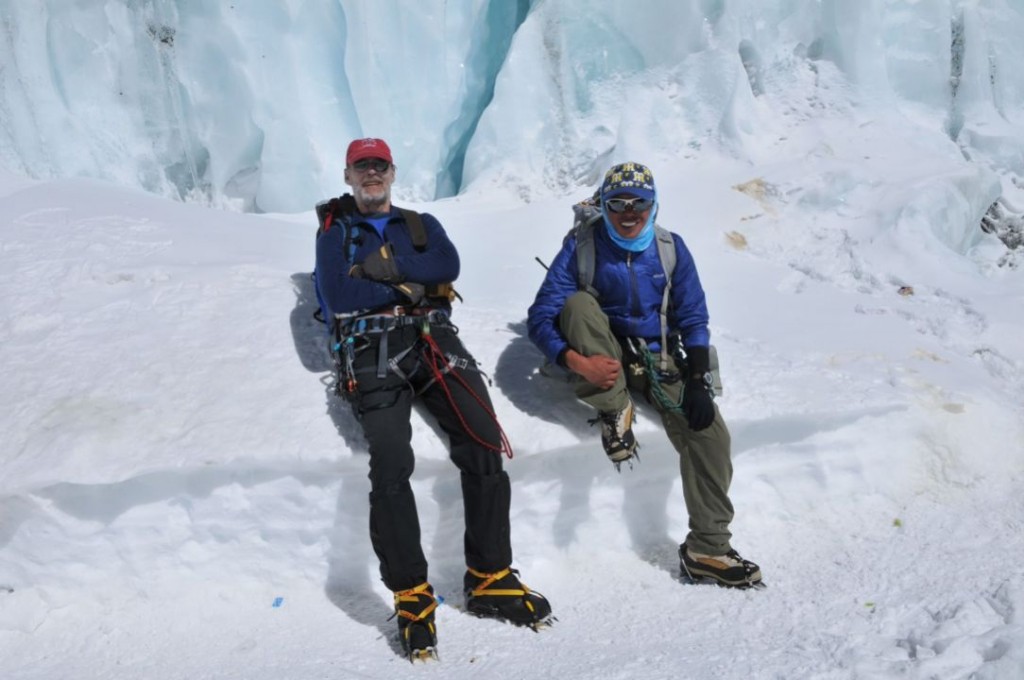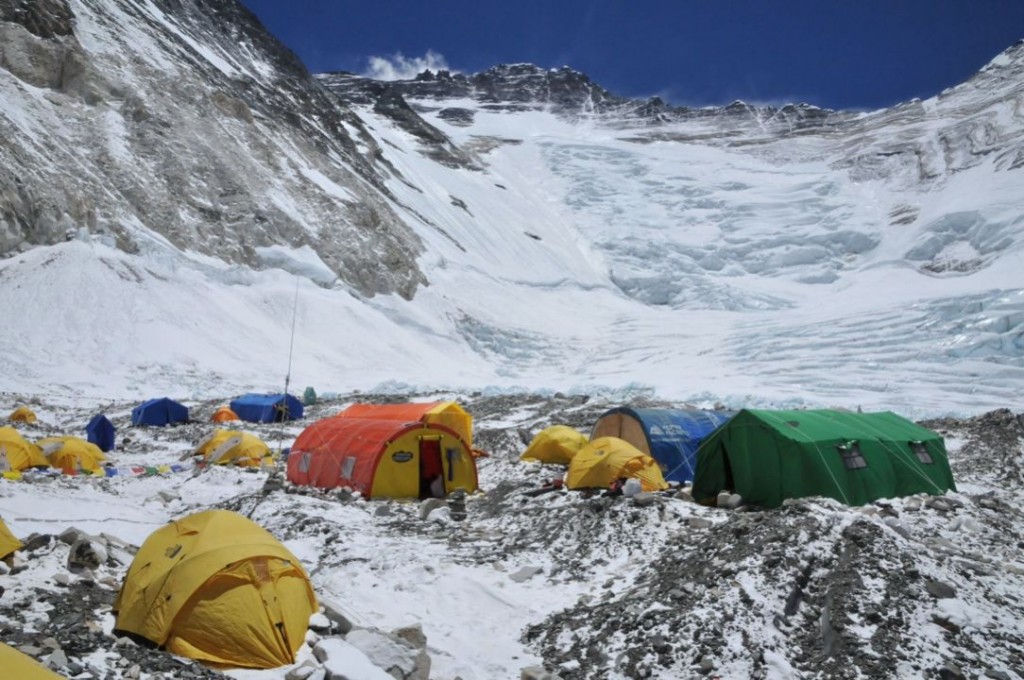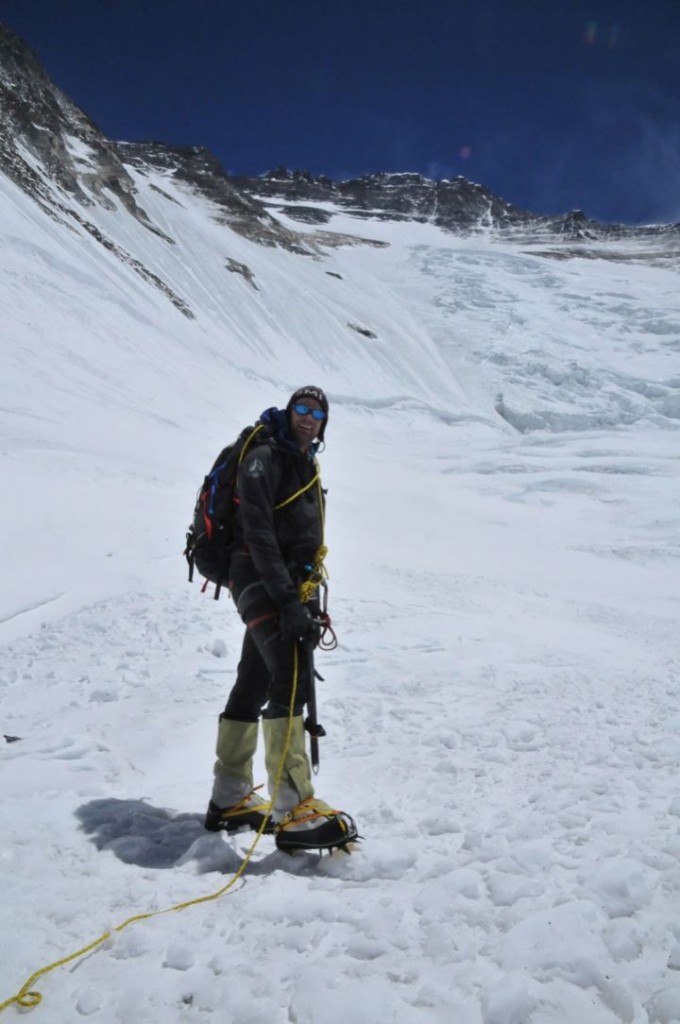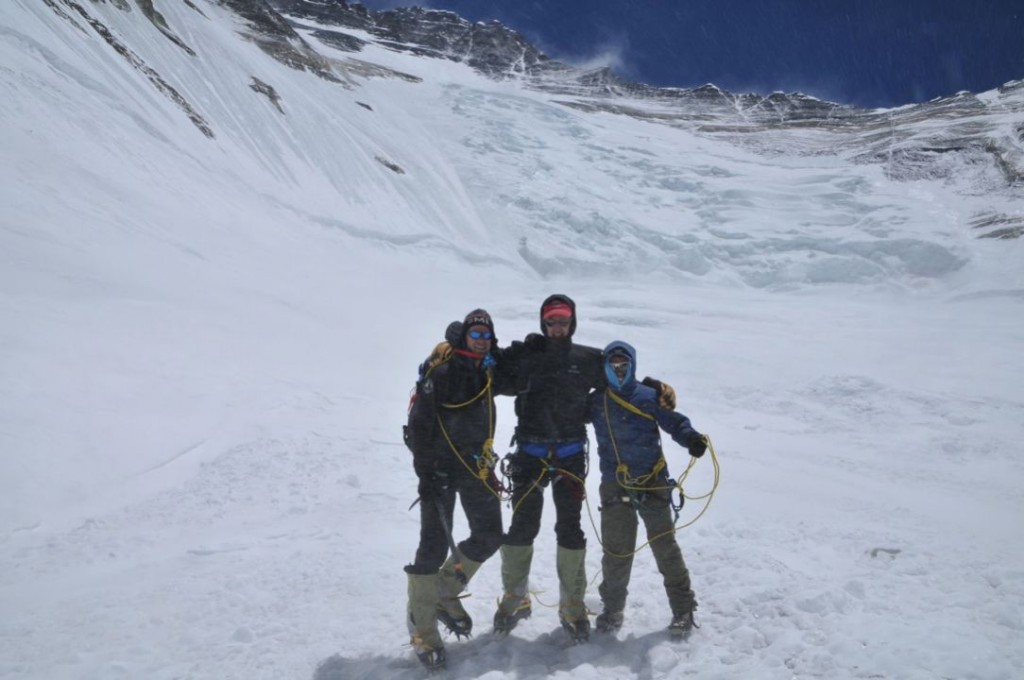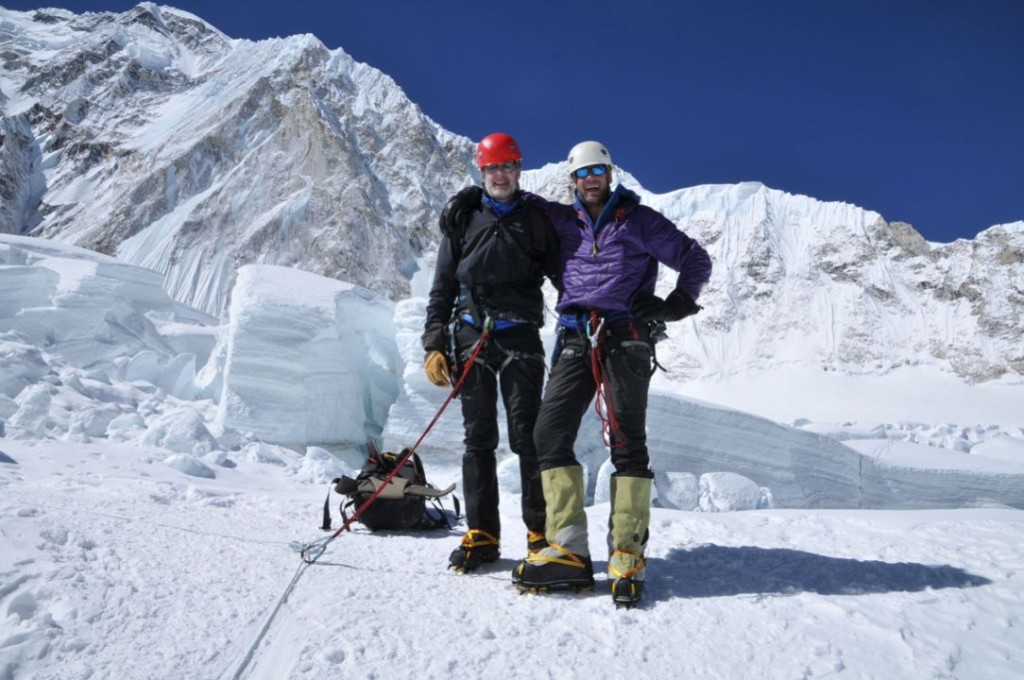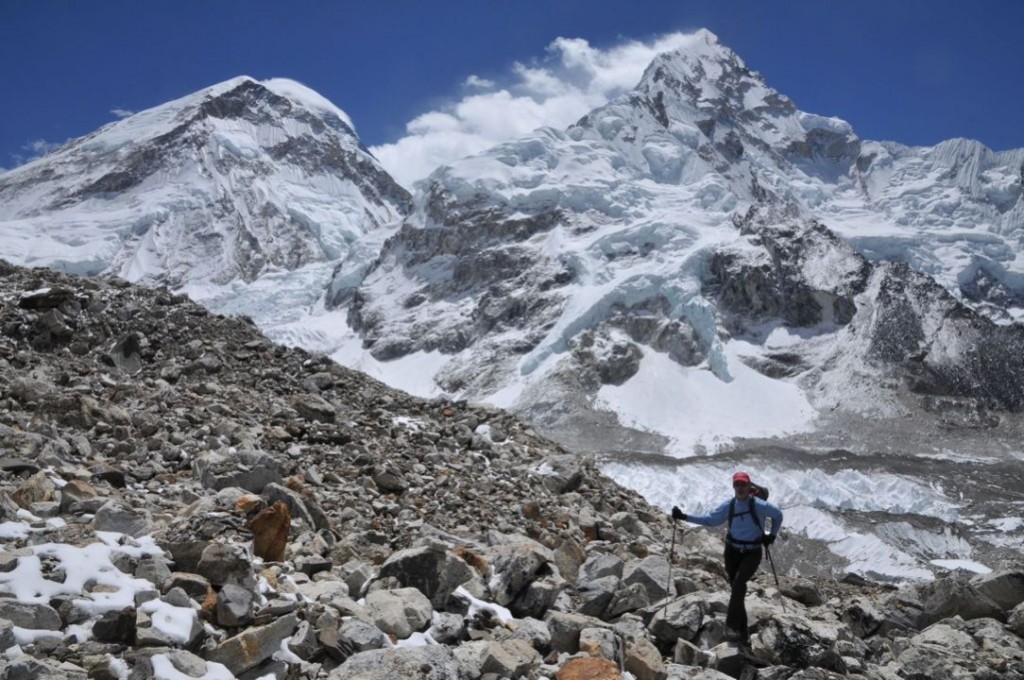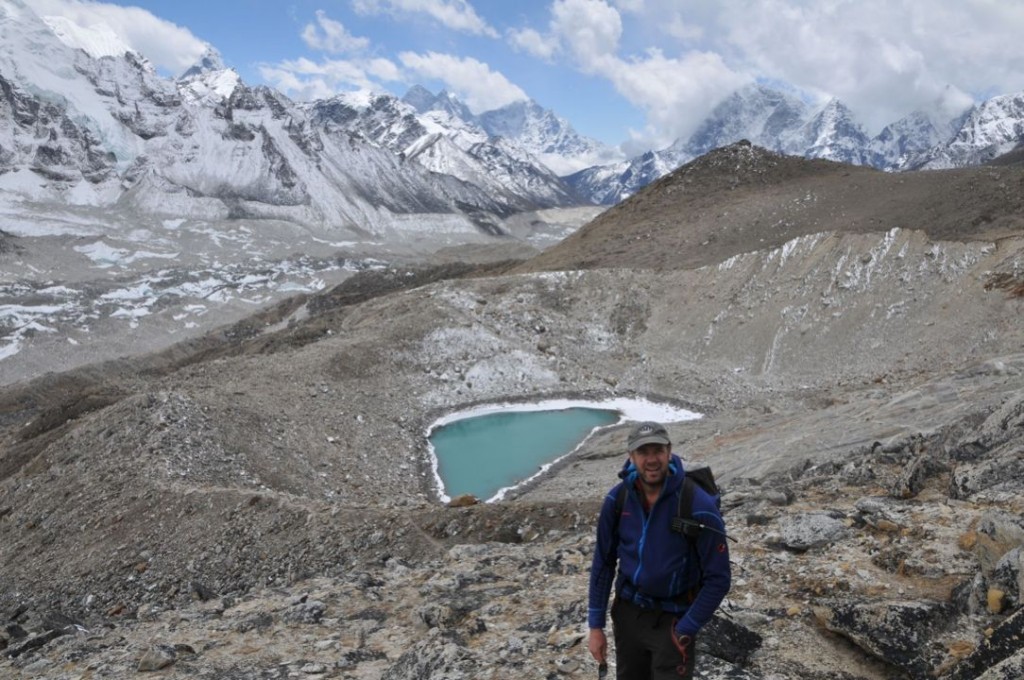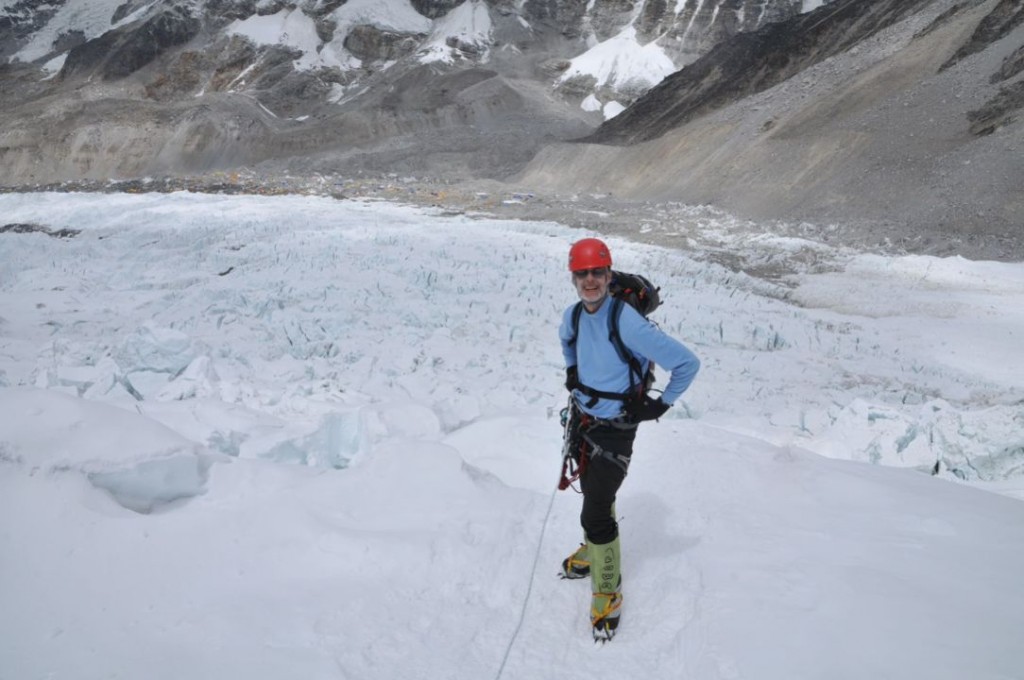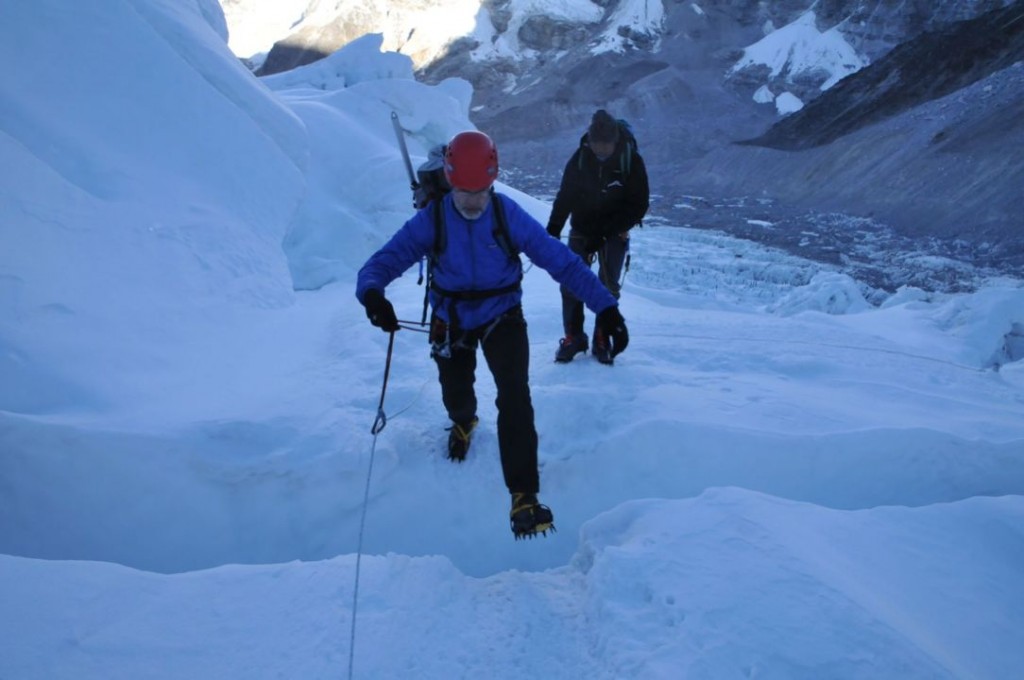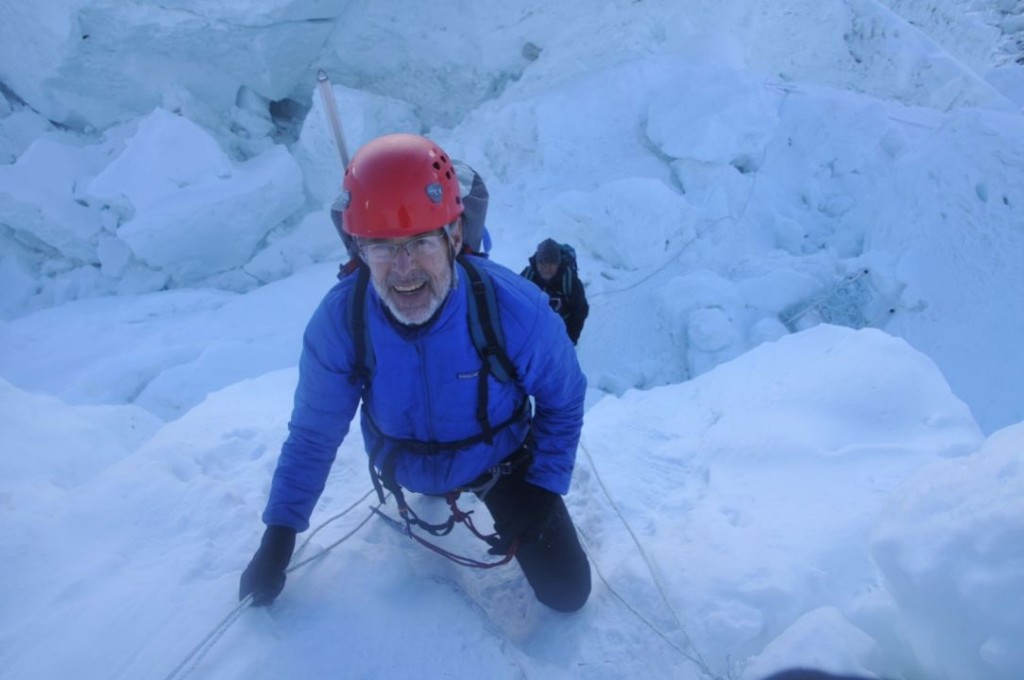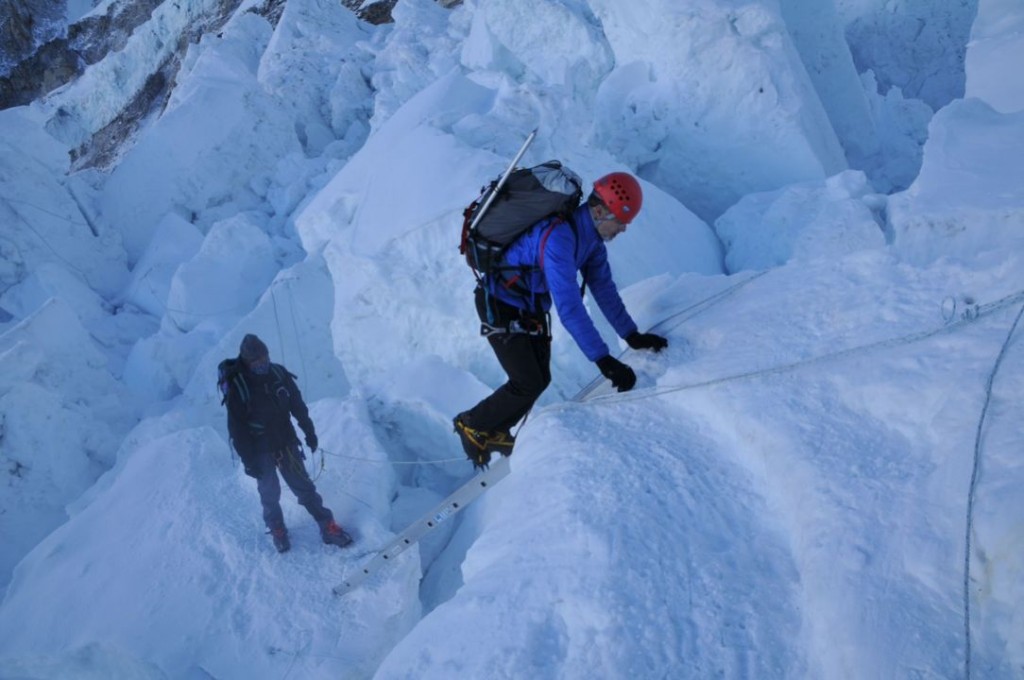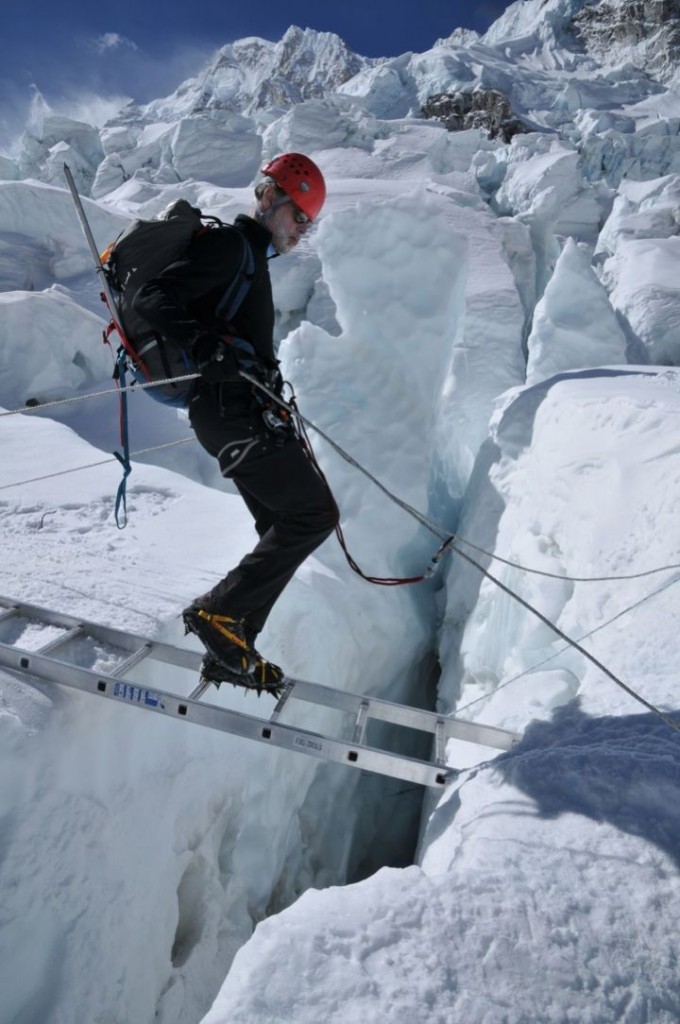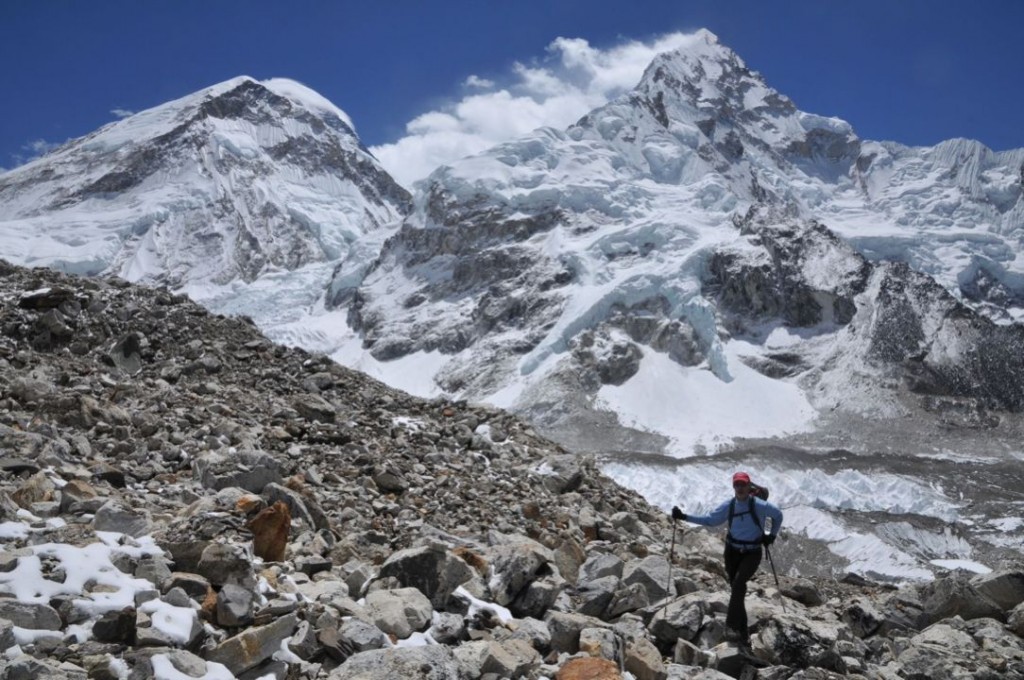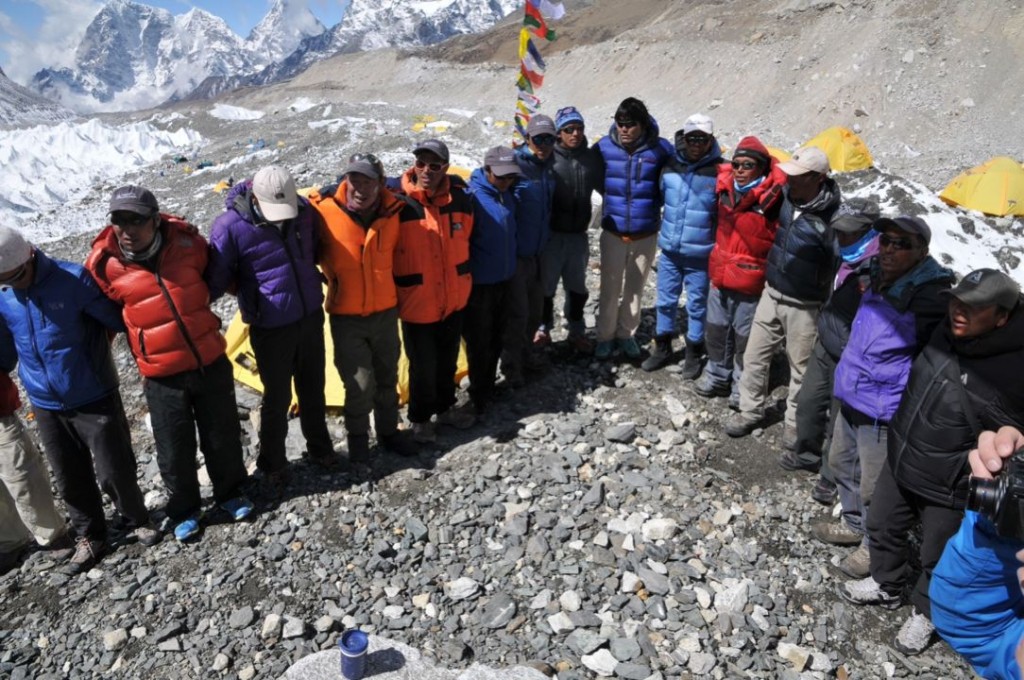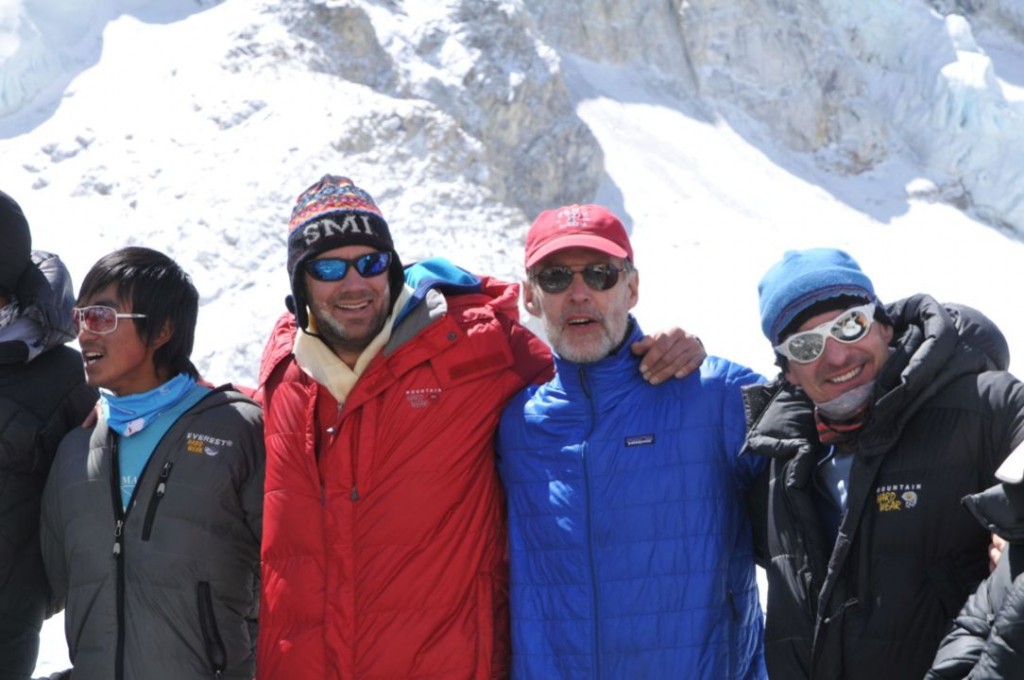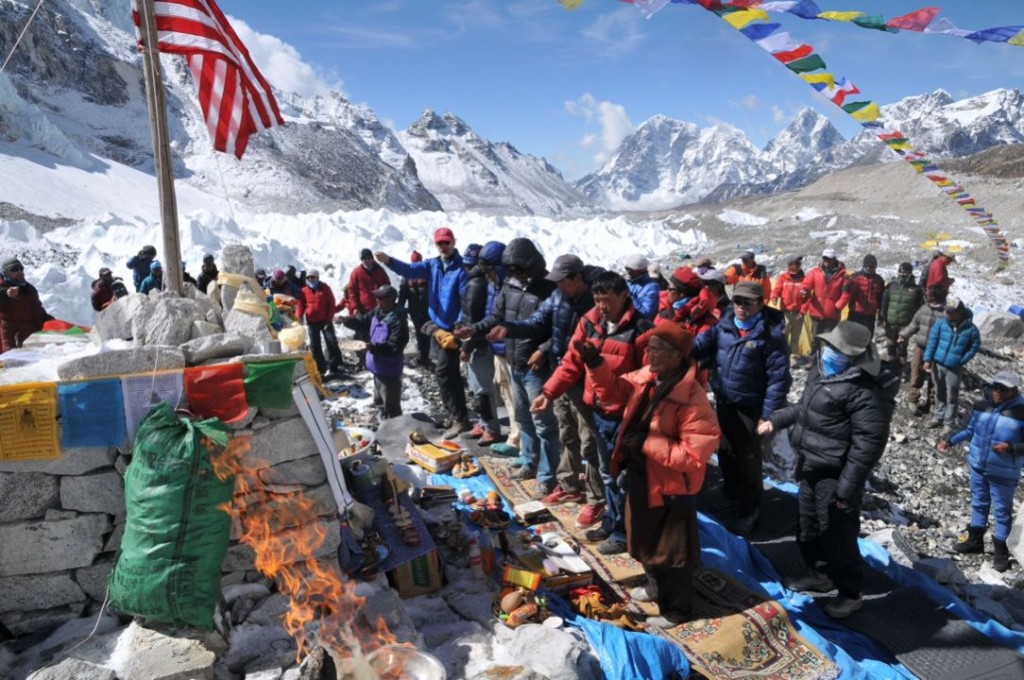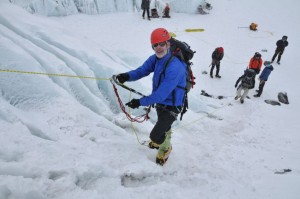Everest Base Camp Living!
Greetings from Everest Base Camp. Since last we checked in we had just descended from C2 after sleeping a few nights up high. Since then we have spent the last few days resting, hydrating, consuming lots of calories, and in general regenerating our bodies and planning for our next trip up high.
.
The days spent at Everest Base Camp are an excellent excuse to relax and be lazy. One of the joys of expedition climbing is having time to sit and enjoy a good book, write, and take some time to simply relax “guilt free” which has become an increasingly rare commodity in our modern society. We also find a renewed appreciation for the simple things in life such as an unhurried hot shower or putting on a clean pair of socks and a fresh t-shirt for the first time in several days.
.
Weather has been pretty typical for April in the Himalayas. Night time temperatures dip into the teens or low 20s. During the daytime the mornings are clear, sunny, and usually very pleasant with little to no wind. Most afternoons see the skies turn partly cloudy. Occasionally it will cloud over enough for light snow to fall. The ridge lines above 7000m or 24,000′ have been getting hit by strong winds of 60+ mph, which is typical for this time of year. Recently at Base Camp we have seen the first signs of the coming spring. Temperatures are starting to gradually warm up and the sun is peaking over the ridge tops a little earlier each morning.
.
After several days of rest and preparation we are now ready to make our next trip above Base Camp. These forays we make to higher camps are referred to as “rotations”. Here is the plan for our next rotation:
.
April 28: Climb to C2 (6495m/21,309′)
April 29: Rest at C2, small hike to stretch our legs
April 30: Hike to the base of the Lhotse Face, return to C2
May 1: Climb the Lhotse Face to C3 (7406m/24,300′), sleep here
May 2: Return to C2
May 3: Return to Base Camp
.
A special thanks to everybody for following along with us through this blog. For all of you who have written words of encouragement in response to our posts on this blog please know we have read every single one of your comments. Thank you for your continued prayers and support. We will plan on checking in again after returning from our next rotation up high.
.
Below are a few pictures from the last few days of Base Camp living:
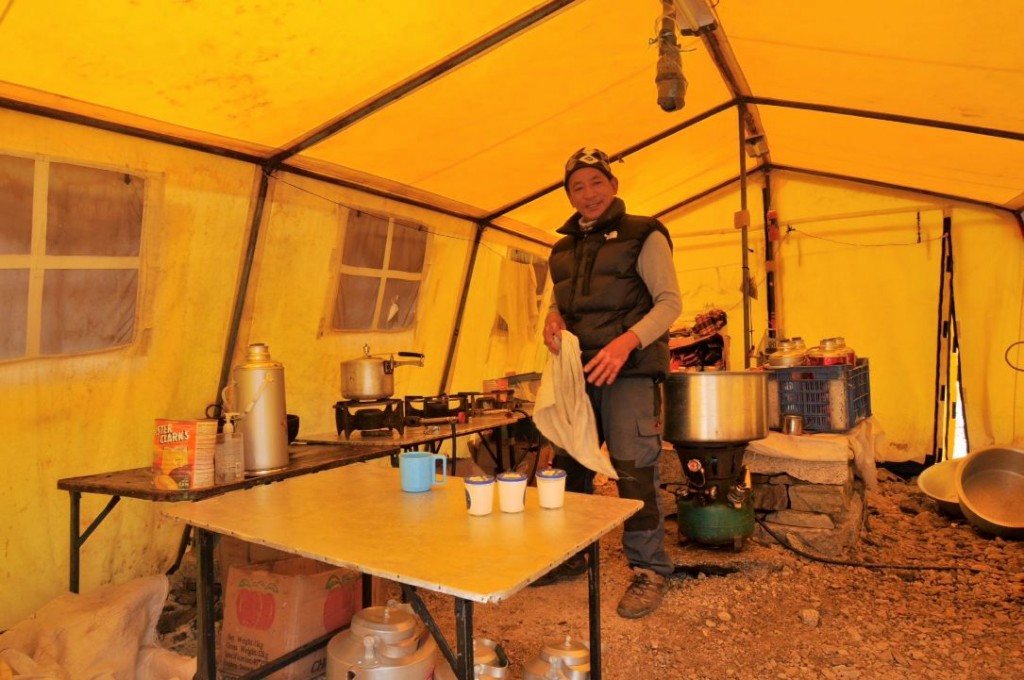
One of our awesome Sherpa cooks in the kitchen. Our kitchen equipment includes several large propane burners hauled in by yaks. All water is boiled and the cooking area is kept clean at all times. These guys do a fantastic job in a challenging environment keeping us fed three square meals a day!
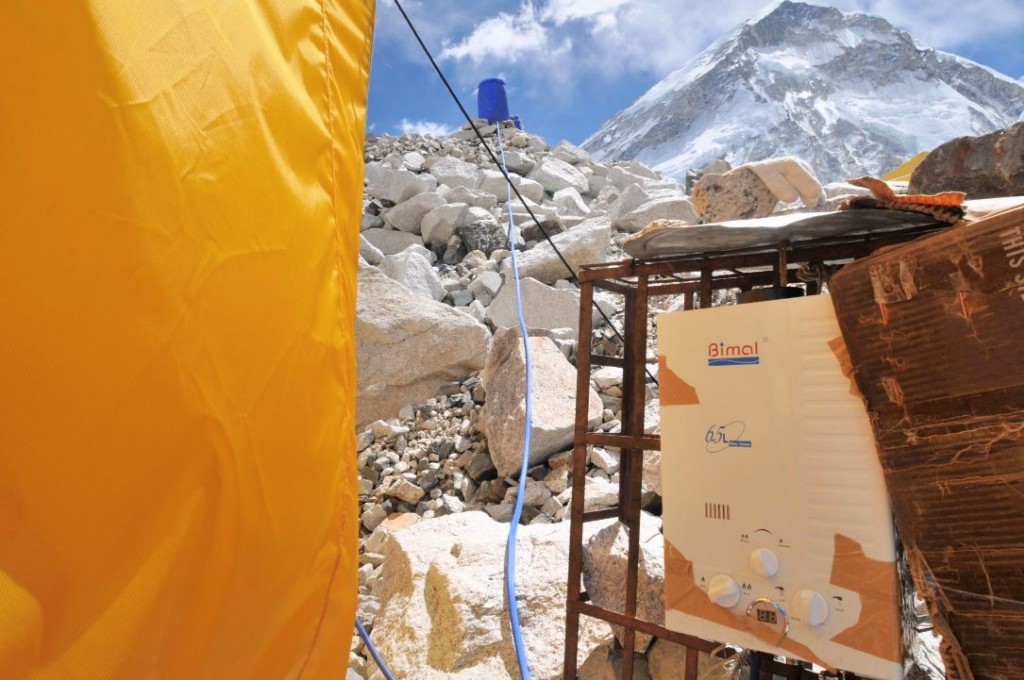
Our Base Camp shower's plumbing. A large blue drum is filled with icy water from the Khumbu Glacier. The water travels down a syphoned hose and passes through a gas powered "on demand" water heater on its way to the shower head.
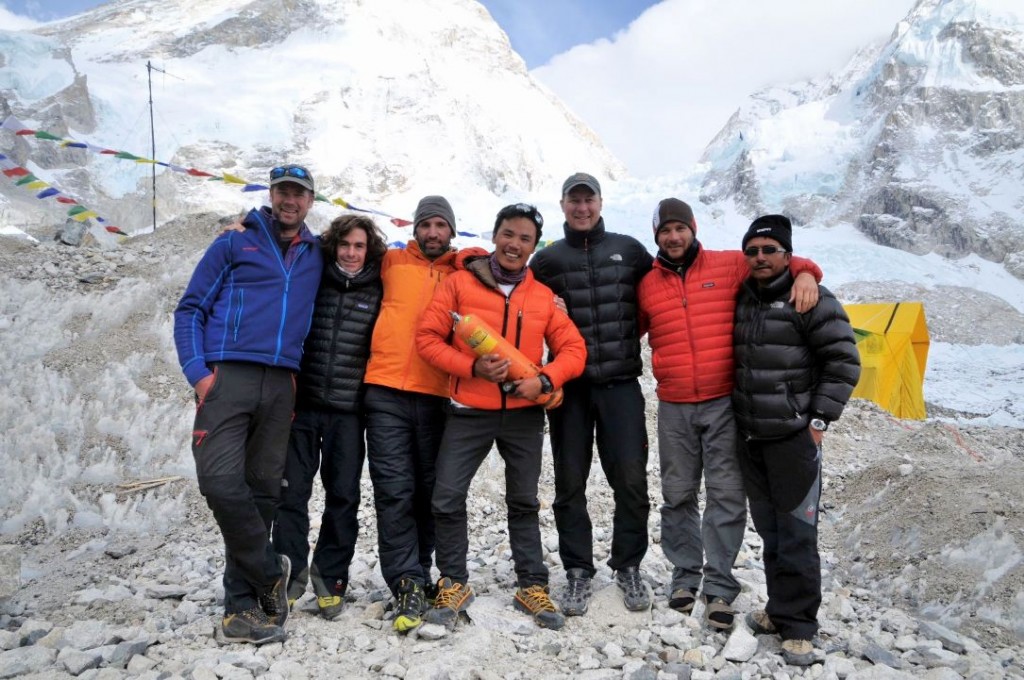
Rest days are a great time to visit friends we are sharing the mountain with. On one afternoon Kurt and Atte visited long time good friends from Argentina. Over several rounds of South American Yerba Mate we caught up with Fernando Grajales and friends who help us with expedition logistics when we guide our Aconcagua expeditions. Left to right: Kurt, Fernando, Tomas, a Sherpa, Atte, Luciano, and another Sherpa.

